Computers have become an indispensable part of modern life and are utilized in different sectors today. They offer efficient storage, processing, and data sharing, making tasks significantly more manageable. Computers have been made possible through the integration of various components that work together in unison. Nevertheless, most people don’t understand these components, how they work, and why they’re necessary. In this post, we elaborate on the primary and main computer components that make up a PC system and how each works.
Central Processing Unit (CPU)
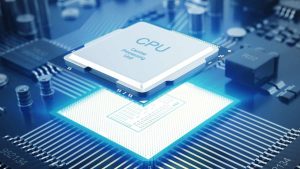
This is the most crucial component of a computer. It is the part that executes instructions and directs the other components. The CPU is like the brain of the computer, as it performs mathematical operations, manages memory, reads data from input devices, and sends data to output devices. The faster the CPU, the faster the computer’s response times. A CPU’s speed is measured in GHz or gigahertz, meaning that millions of instructions can be carried out per second. A higher gigahertz indicates faster processing speeds.
Random Access Memory (RAM)
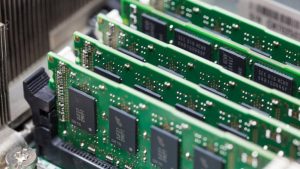
RAM is an essential computer component that temporarily stores data until the CPU requires it. When you run a program on your computer, the CPU loads it into the RAM where it can access it faster. The faster the RAM, the more programs and data the computer can efficiently handle. However, RAM is volatile memory, meaning it forgets everything stored in it once the computer is turned off.
Hard Disk Drive or Solid State Drive (HDD/SSD)
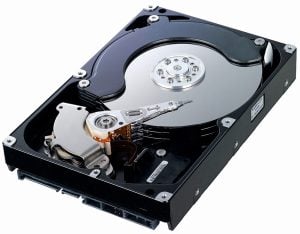
The hard disk or solid-state drive is where all permanent data is stored on your computer long-term. It stores critical files such as the operating system, application programs, and user files such as documents or media. An HDD is as a magnetic disk that records data on spinning platters, while an SSD uses flash memory. SSDs have significantly faster read and write times than HDDs and are more shock-resistant. Unfortunately, they’re also more expensive than HDDs, even though prices for SSDs are falling.
Motherboard
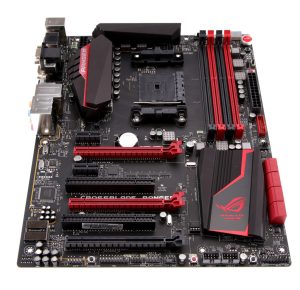
The motherboard is the backbone of every computer, and it connects all the various computer components. It has many interlinked circuits that allow all the components to communicate with each other. The motherboard hosts several slots for adding additional hardware components like video cards or sound cards. The motherboard determines the type of CPU the computer can use and the type of RAM the computer can hold.
Power Supply Unit (PSU)
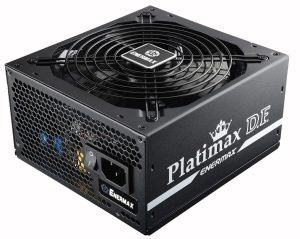
The power supply unit is what provides all the necessary electricity to computer components. It usually comes as a built-in component of your computer and is the source of power for all hardware components. The power rating of a PSU is measured in watts, and this rating determines the amount of electrical power that the system can support. When choosing a computer system, it is crucial to ensure that the wattage of the PSU can support the amount of power the system requires.
Computers make our daily lives more comfortable, but in our haste to use them, we sometimes don’t stop to appreciate how they function. Understanding how a computer operates is vital for anyone who uses one. At its core, it is necessary to comprehend the essential components of a computer, how they function, and how they all work together. A knowledge of what each component does will allow you to make informed purchases and perform essential maintenance when necessary. We hope this post has accurately shed some light on the primary components of a computer and how each one works.
Comment Below!
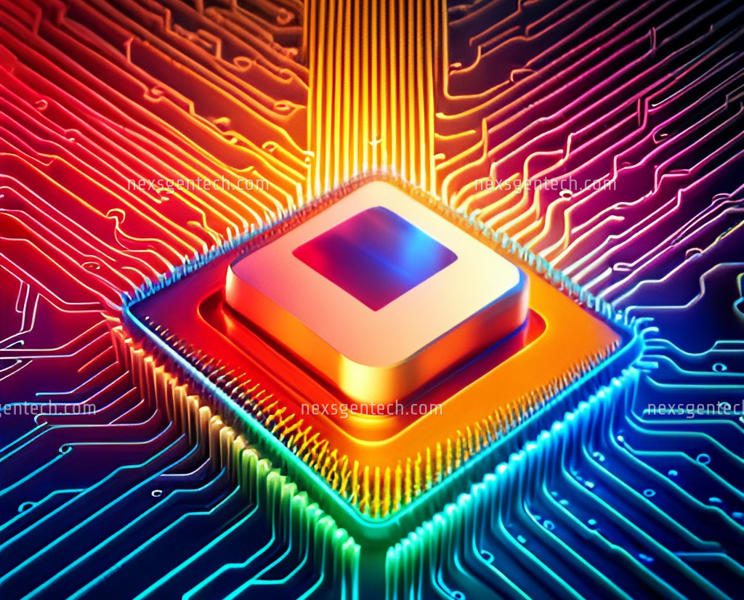

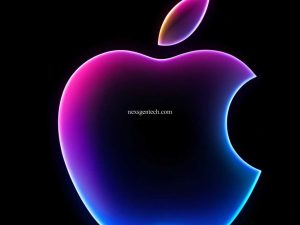


10 comments
Great info!
thanks junior
Good stuff
thnks Alex!
goood blog!
come back any time!
Great article!
thnks my friend!
really good info!
Thanks jerry! Come back any time